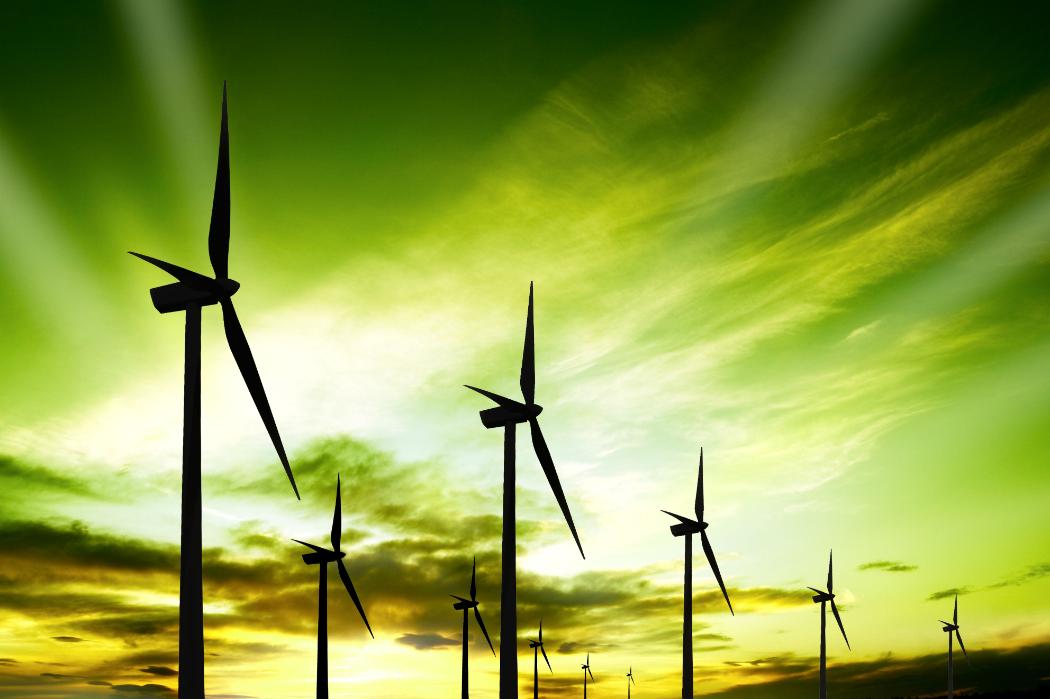Atmospheric research conducted in the School of Earth and Environment | Te Kura Aronukurangi and Centre for Atmospheric Research since 2003 has provided a new approach to assessing the wind resource in areas of complex terrain, and therefore energy predictions and wind farm simulations prior to site development.
This research has recently been commercialised, providing the School with significant external funding, and is now used by one of the country's leading consulting engineering companies on projects throughout the world.
The atmospheric modelling is based around using three-dimensional meteorological models to generate wind data over a wide area or at specific sites of interest in complex terrain. The methodology allows wind resource assessments to be made in a very short time and without the need for masts to be erected. Instead, these models resolve atmospheric physics equations and are initialised by historical meteorological data for the whole world available at six hourly intervals. The historical synoptic datasets are available for a 50 year period, and the modelled period is chosen so that it represents the long term wind climate for the region being considered.
Wind data can be obtained from the models at different heights above ground level at specific points of interest or over a wider area, and can be validated against data from existing climate stations. Wind maps can be derived from model output or, if required, modelled hourly wind data can be used in higher resolution wind energy engineering models.
The use of mesoscale models and the interpretation of the results require experience and understanding of meteorological processes and limitations of atmospheric modelling - skills taught in a number of the School's courses.
Recent research has moved to focus on specific problems confronted during wind farm development, including small scale variation of wind characteristics across potential wind farm sites in complex terrain, including the nature and effects of turbulence.
Other possible topics:
- Application of atmospheric modelling to the wine industry
- Application of atmospheric models to bushfire forecasting
- Blending of atmospheric modelling datasets with remote sensing methodologies
- Application of atmospheric modelling to dust transport and air quality



